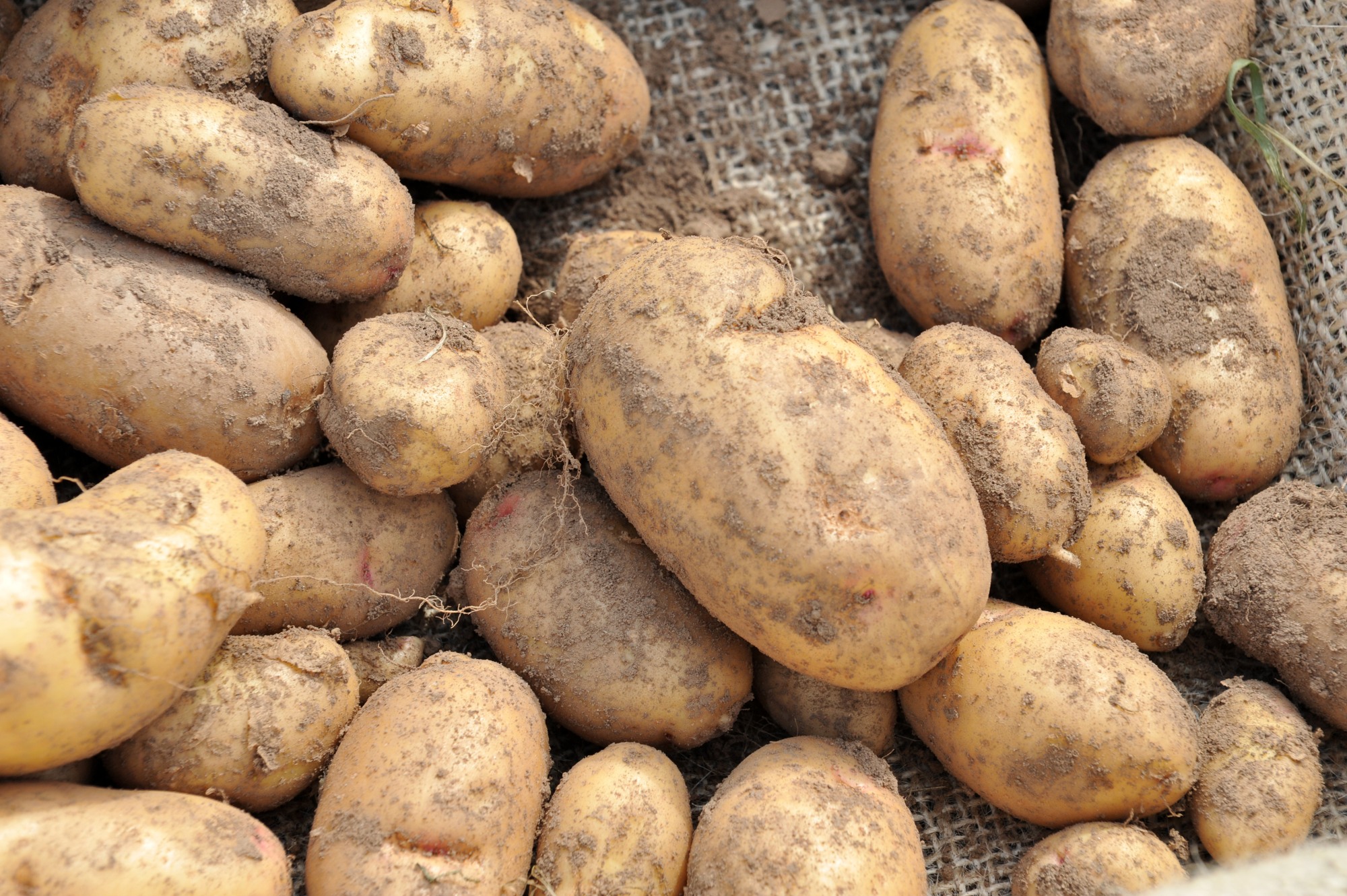By Dr. Robert Hancock – Senior Plant Physiologist and Deputy Director of the Advanced Plant Growth Centre at the James Hutton Institute.
This article first appeared in The Scotsman on 4 October 2023.
In the year 2000, advances in technology enabled us to identify a plant’s complete DNA sequence. It unlocked our understanding of crop genetics but since then, scientists have struggled to use this information fully.
To really capitalise on this power, we need to understand how genetic sequences are linked to physical crop attributes like yield, disease resistance and withstanding environmental stress, such as drought.
When Scottish staples like potatoes, some barley and soft fruit like raspberries all need cool weather to grow, and yet, worryingly, the top ten warmest years since records began in 1884 have all occurred after 1997– it’s a serious threat to agriculture.
And so, we need to use the power of genomics to urgently identify more resistant varieties now.
The first gene sequence took an international team of over 100 scientists four years to identify. Since then, technological advances and commercial services now mean you can get a complete crop genome (the entire DNA blueprint) in just months.
As a result, over 200 horticultural species, including ornamental plants, fruits and vegetables, grains and spices, have now been sequenced – meaning we know the structure of their DNA.
However, our limited understanding of how this sequencing data links to crop attributes has until now remained a bottleneck.
Previously, it required multiple field trials and many scientists making detailed recordings of crop traits (a process called phenotyping). Thousands of individual crop varieties were measured, each with slight DNA sequence variations, to help understand how DNA interacted with various environmental conditions when producing height or yield – a process which could take years.
“However, a new phenomicrevolution – a boom in our capabilities to use advanced automation, imaging, and controlled environment (such as gas and light) to open new doors to plant scientists – is unlocking our ability to feed the population in the face of global warming.”
Dr. Robert Hancock
We can now apply specific and controlled stresses to a range of crop populations, for example simulating the hotter and drier climate of the future on our barley crops, to study how they react and understand the link between their DNA and how they respond.
During trials, automated conveyors move plants through a series of imaging stations to capture traits at multiple stages in the growth cycle. Not only will this technology capture physical traits, but using machine learning and artificial intelligence can also derive information about key processes like photosynthesis and crop quality.

Scotland is at the forefront of this revolution. At the James Hutton Institute in Invergowrie, we host the Advanced Plant Growth Centre, funded with £27m investment through the Tay Cities Region Deal from the UK and Scottish governments.
This is a world leading, highly automated phenotyping facility and offers Scotland a unique opportunity to develop crops suited to our particular environment.
It has also secured our place globally within the International Plant Phenotyping Network and the movement across industry, agriculture and science to ensure future food security for all.
By accelerating our understanding of the relationship between genetic inheritance and crop performance, the phenomic revolution is a massive toolkit to develop the crops we need to meet a changing climate and nature crisis.
Twenty years after we unlocked plant DNA, researchers are on the cusp of opening a whole new realm of potential.
For more information contact: Ramin Ebrahimnejad, Business Development Manager – Advanced Plant Growth Centre, ramin.ebrahimnejad@huttonltd.com


